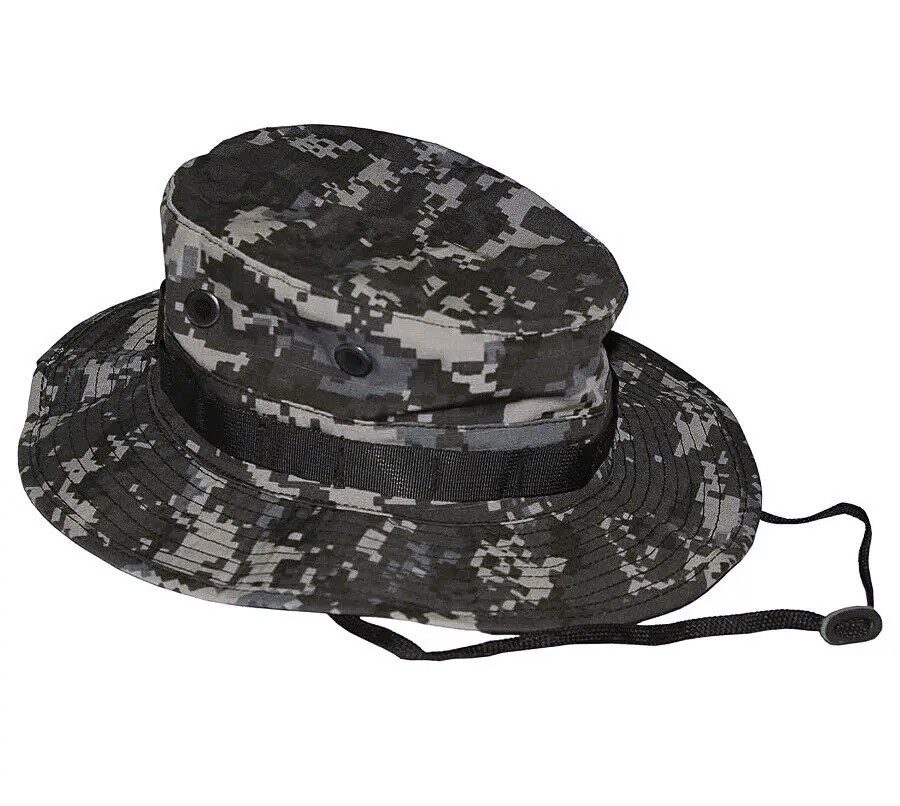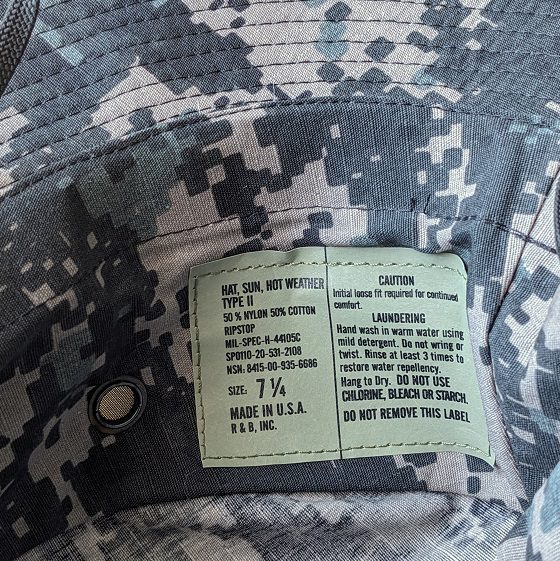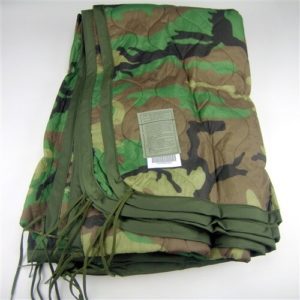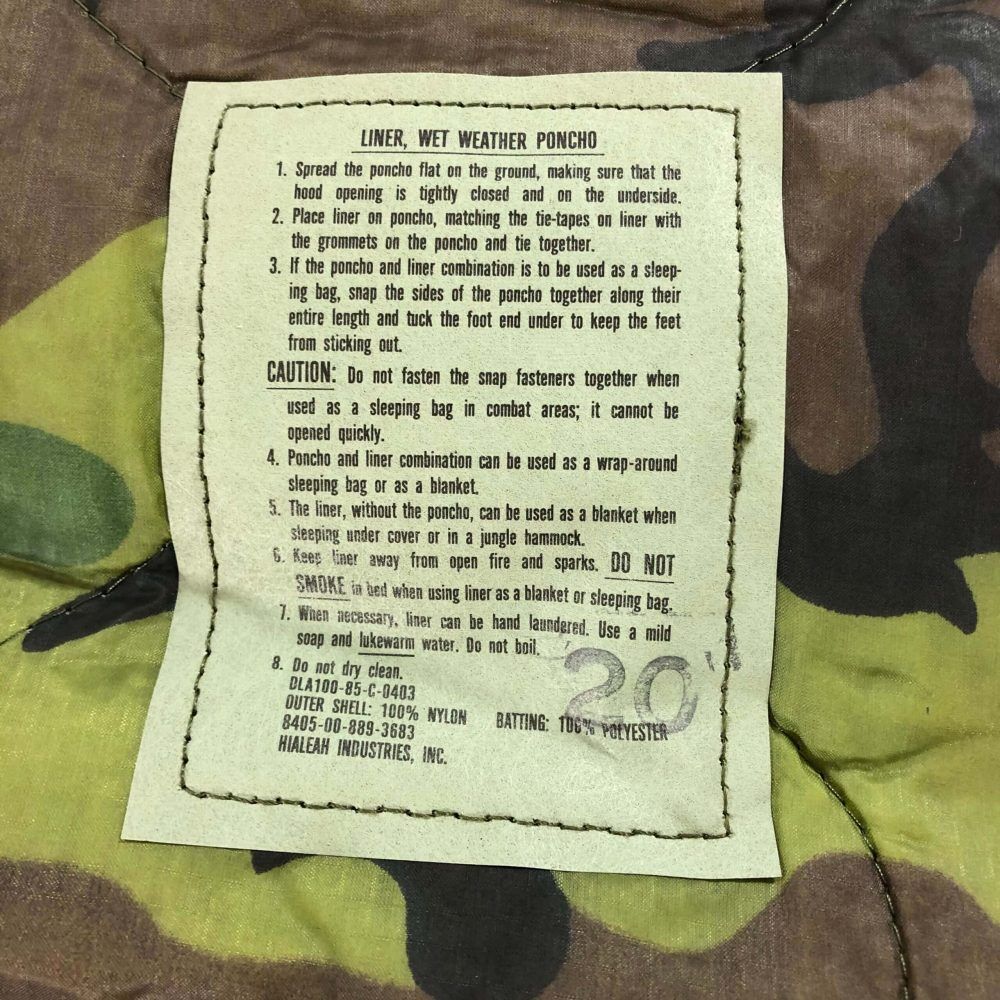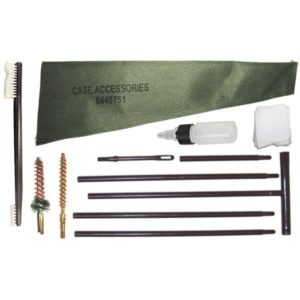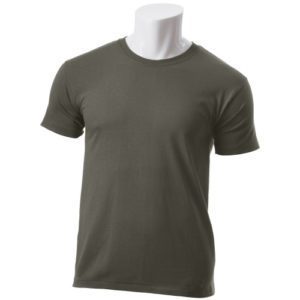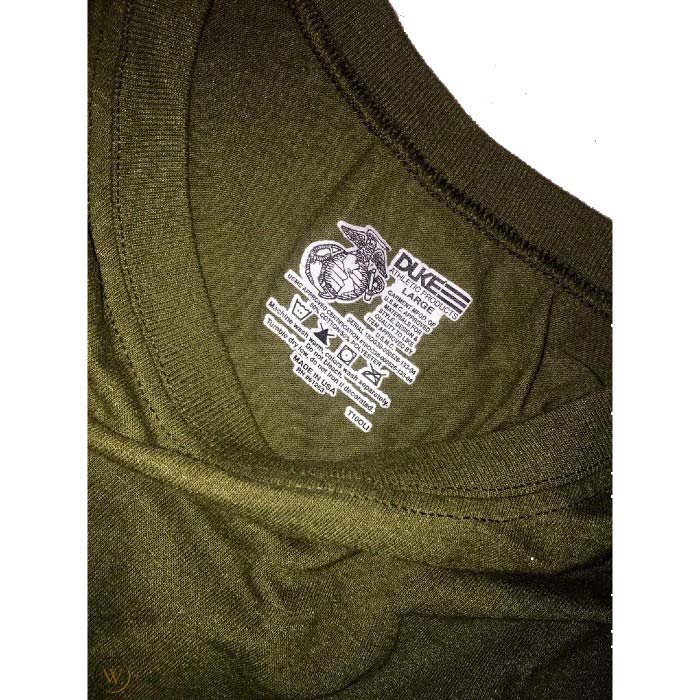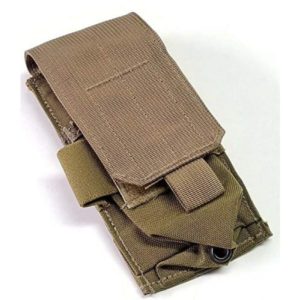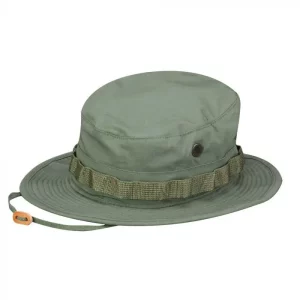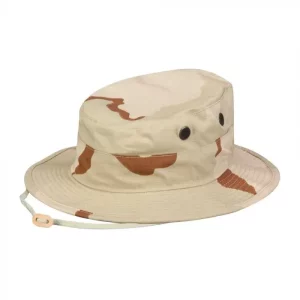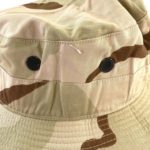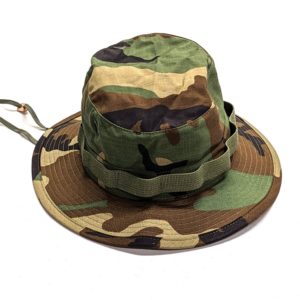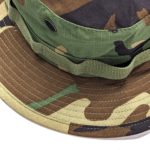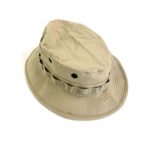Description
This Mil-Spec Subdued Urban Camo Digital Boonie Cover is made from a durable cotton ripstop material that protects you from the sun. The wide brim blocks sunlight from your eyes and the material keeps you cool on hot days.
There are branch loops made of a tough nylon webbing along the crown for durability. There are also bellowed drain holes on the crown for ventilation and a breathable interior. A keeper holds the hat in place when you sweat or are in motion and the adjustable chin cord allows for easy size customization. It also lets the hat be taken off and carried around the neck.
This modern bucket hat is built to US military spec , looks cool, and will last a lifetime.
Subdued Urban Camo Boonie Cap Features
- Subdued Urban Camo Digital Boonie Cover
- Color: Subdued Urban Digital Camouflage Pattern
- 4 Screened Side Vents
- 50/50 Nylon and Cotton RipStop
- Adjustable Chin Strap For Secure Comfort
- Hot Weather, Type II Hat
- Brim Length: 2.5″ Inches
- Branch Loops Around Hat For Camouflage (Leaves & Branches)
- Made in USA to Military Specifications
The Versatile Boonie Cover
The boonie hat, aka bucket cover, sun hat, and jungle hat, is a wide-brimmed, lightweight cover originally designed for military use in hot climates. Favored by the US military, including the Marine Corps, this durable hat offers protection from the sun and rain.
Quality boonies feature branch loops for camouflage and storage, plus a chin strap for a secure fit. Evolved from military gear, the boonie cap is now popular for fishing, hunting, hiking, and backpacking due to its versatility and adaptability to outdoor conditions. Its design, including a vented crown and flexible brim, makes it ideal for hot weather and adventurous activities. Boonies have been widely adopted in both military and civilian contexts.
About Military Urban Camouflage
Urban camouflage is designed for urban warfare. It conceals soldiers and equipment in cities and industrial areas. The U.S. Army has been a key developer of these patterns, especially during and after the Cold War. In 1990, the Army’s Natick Research, Development and Engineering Center undertook a detailed analysis of urban terrains. This research led to the creation of effective camouflage prototypes. In 1994, prototype patterns were developed for Military Operations on Urbanized Terrain (MOUT). However, these patterns were not officially adopted.
Other armed forces have developed urban camouflage as well. The British Army’s “Berlin camouflage” is a notable example. Nonetheless, the U.S. military’s focus on urban camouflage underscores its importance in modern warfare. It adapts to the unique challenges of combat in built-up environments.


